25 Mind-Blowing Energy Facts & Renewable Trends Shaping 2025
Introduction: The Energy Landscape is Shifting
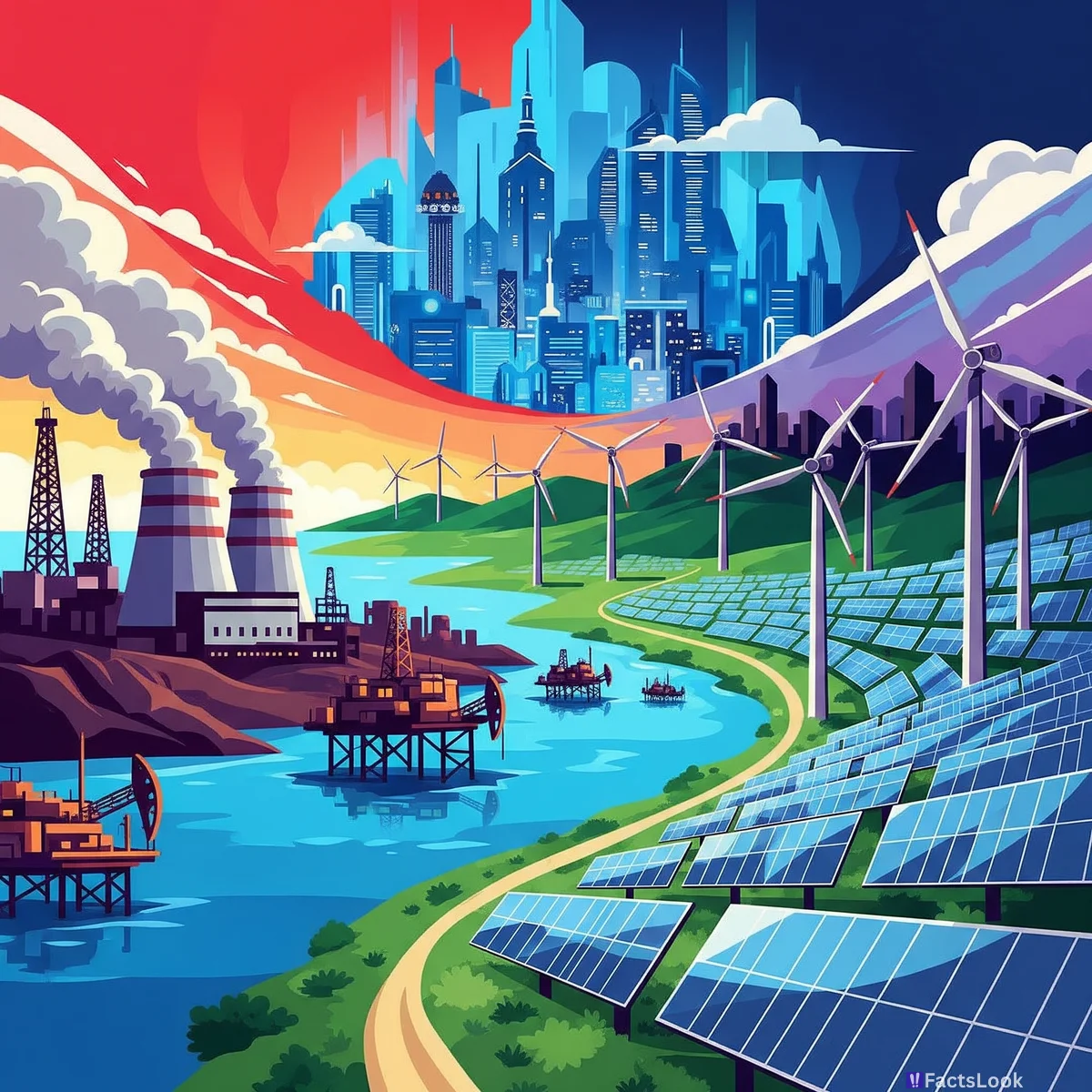
Welcome to a journey into the fascinating world of energy! We often take it for granted, but energy is the lifeblood of modern civilization. This listicle unveils 25 surprising energy facts, dives deep into the revolutionary rise of renewable energy, and explores the pivotal trends poised to reshape the energy sector by 2025. Prepare to have your perceptions challenged and your understanding of power transformed.
Fact 1: The Energy in One Hurricane
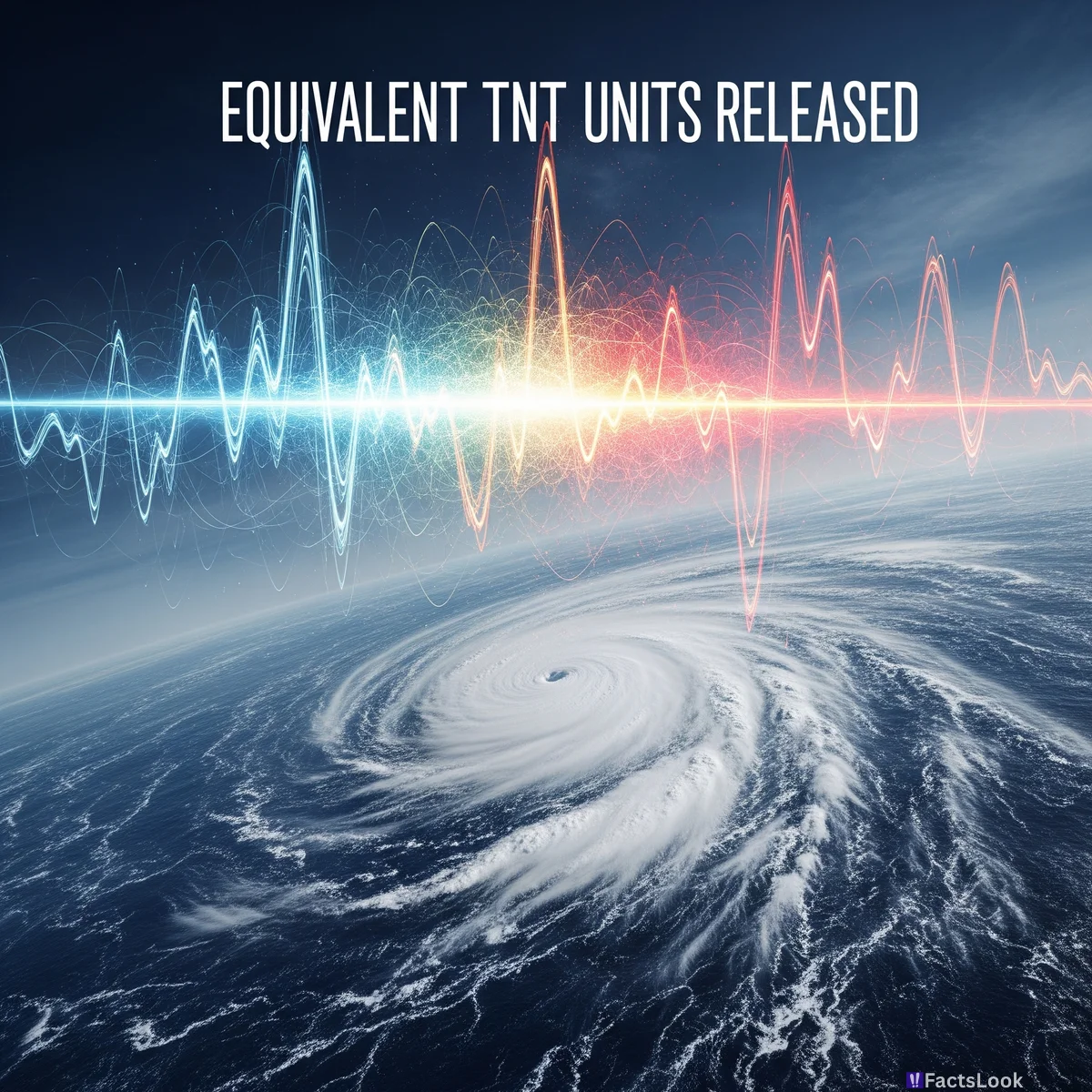
Did you know a single hurricane releases the energy equivalent to approximately 200 million tons of TNT? That's more than the energy released by all the nuclear weapons detonated during World War II! This immense natural power highlights the sheer scale of energy found in our planet’s climate systems.
Fact 2: Iceland’s Geothermal Success
Iceland generates almost 100% of its electricity from renewable sources – primarily geothermal and hydropower. This pioneering nation demonstrates the feasibility of a fully renewable energy grid and serves as a global model for sustainability. [Source: National Energy Authority of Iceland - https://nea.is/]
Fact 3: The Energy Cost of Bitcoin

Bitcoin mining consumes an astonishing amount of energy – comparable to the annual electricity consumption of some entire countries! This massive energy footprint raises significant environmental concerns and drives demand for greener blockchain solutions.
Fact 4: Solar Energy Reaching New Heights
The amount of solar energy that hits the Earth in one hour is more than the entire world’s energy consumption for a full year. Harnessing even a small fraction of this potential could solve our energy crisis.
Fact 5: Wind Power’s Rapid Growth
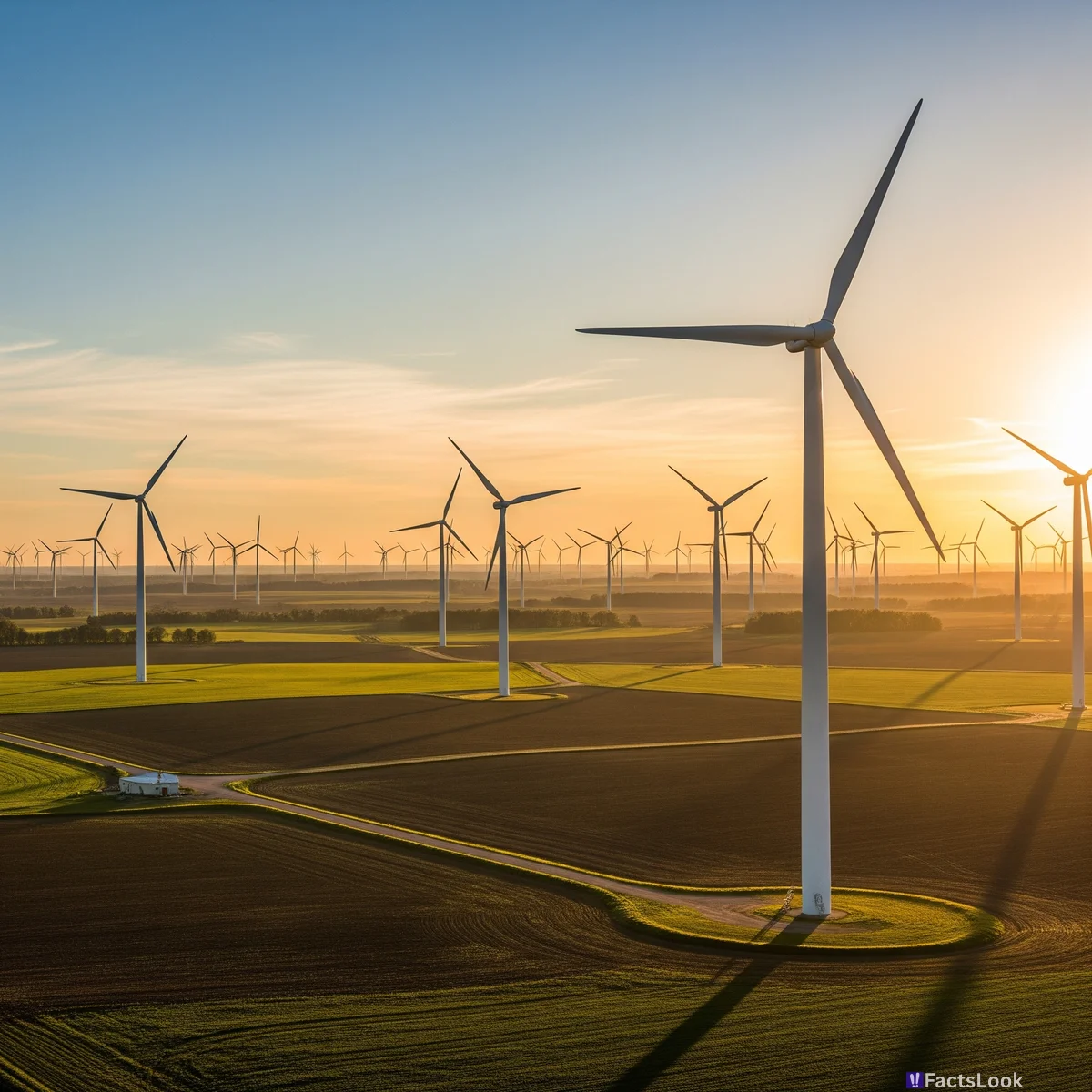
Wind power is the fastest-growing renewable energy source globally. Its cost has plummeted in recent years, making it increasingly competitive with traditional fossil fuels. By 2025, wind energy is projected to supply over 20% of global electricity. [Source: Global Wind Energy Council - https://gwec.net/]
Fact 6: The Energy Stored in Wood
A cord of wood (4ft x 4ft x 8ft) contains roughly the same amount of energy as 1,700 kWh of electricity—enough to power an average home for several months. This illustrates the historical significance of wood as a primary energy source.
Fact 7: Tidal Energy's Untapped Potential
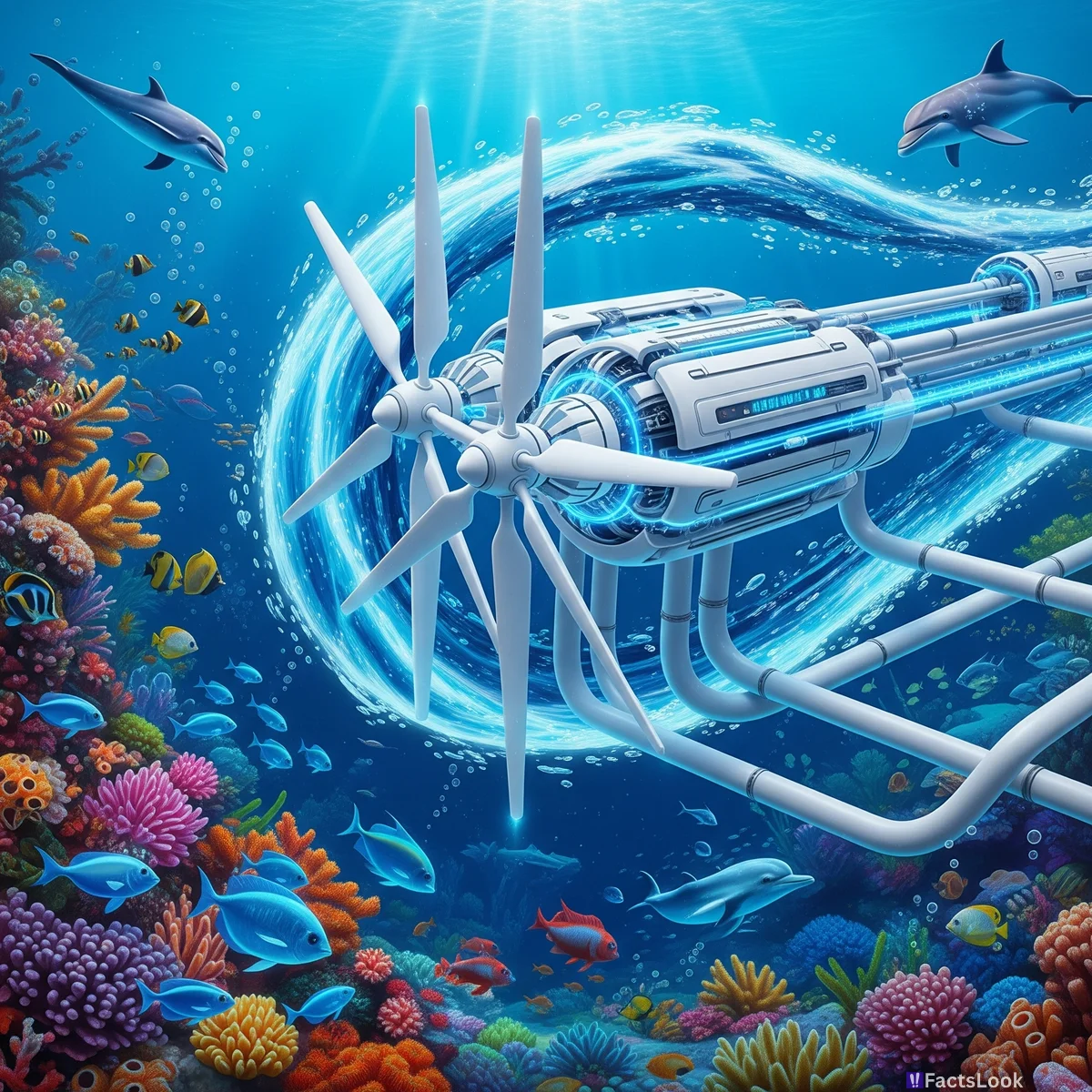
Tidal energy, harnessing the power of ocean tides, remains largely untapped despite its predictability and immense potential. Technological advancements are making tidal power more viable, offering a consistent and reliable energy source.
Fact 8: Energy Return on Investment (EROI)
EROI measures the amount of energy gained from a source versus the energy invested to obtain it. Fossil fuels traditionally have high EROIs, but many renewables are rapidly improving and closing the gap. A higher EROI means a more sustainable energy source.
Fact 9: The Role of Smart Grids
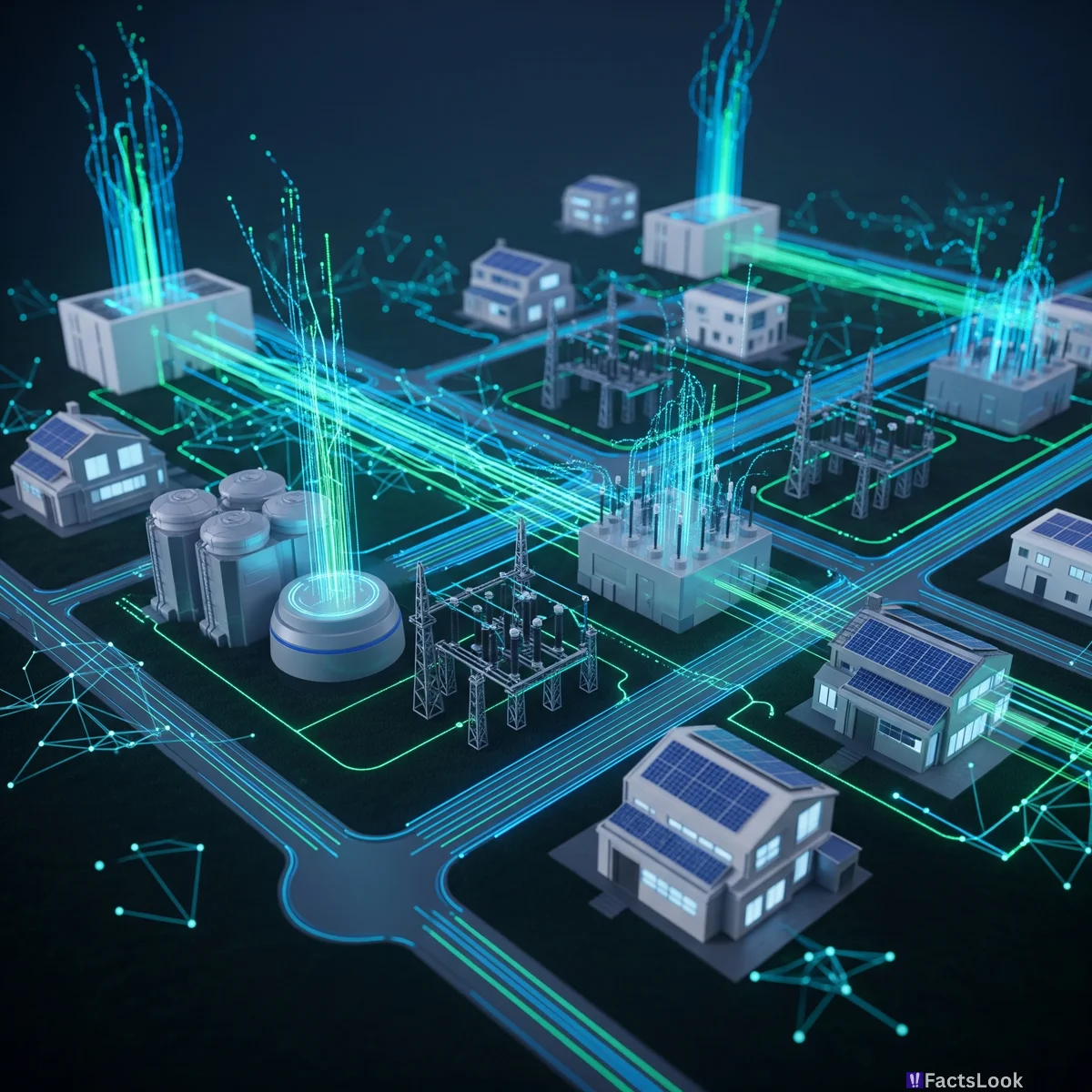
Smart grids are modernizing energy distribution, using digital technology to optimize efficiency, reliability, and security. They allow for two-way communication between utilities and consumers, enabling better demand management and integrating renewable energy sources.
Fact 10: Hydroelectric Power’s Dominance
Hydroelectric power is currently the largest source of renewable electricity globally, accounting for roughly 16% of total electricity generation. While it's a mature technology, its future growth is limited due to environmental concerns and geographical constraints.
Fact 11: The Hidden Energy in Water
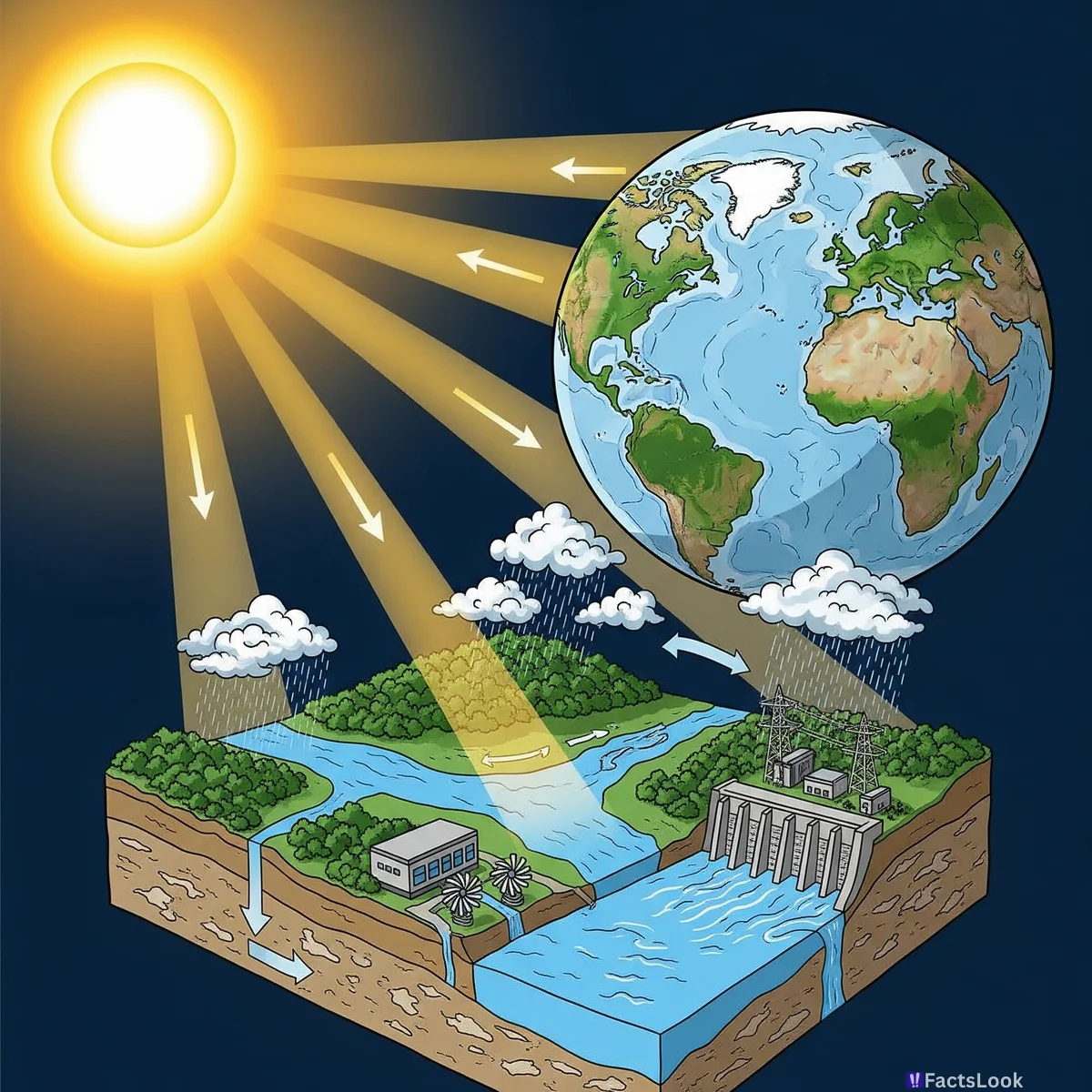
The theoretical maximum energy available from hydroelectricity is only about 8% of the sun’s total energy reaching the Earth. This underscores the vast potential and limitations of relying on a single renewable resource.
Fact 12: Energy Storage is Crucial
Intermittency is a challenge for renewables like solar and wind. Energy storage solutions – like batteries, pumped hydro, and thermal storage – are vital for ensuring a reliable and consistent energy supply. Investment in energy storage is skyrocketing.
Fact 13: Waste-to-Energy Technologies
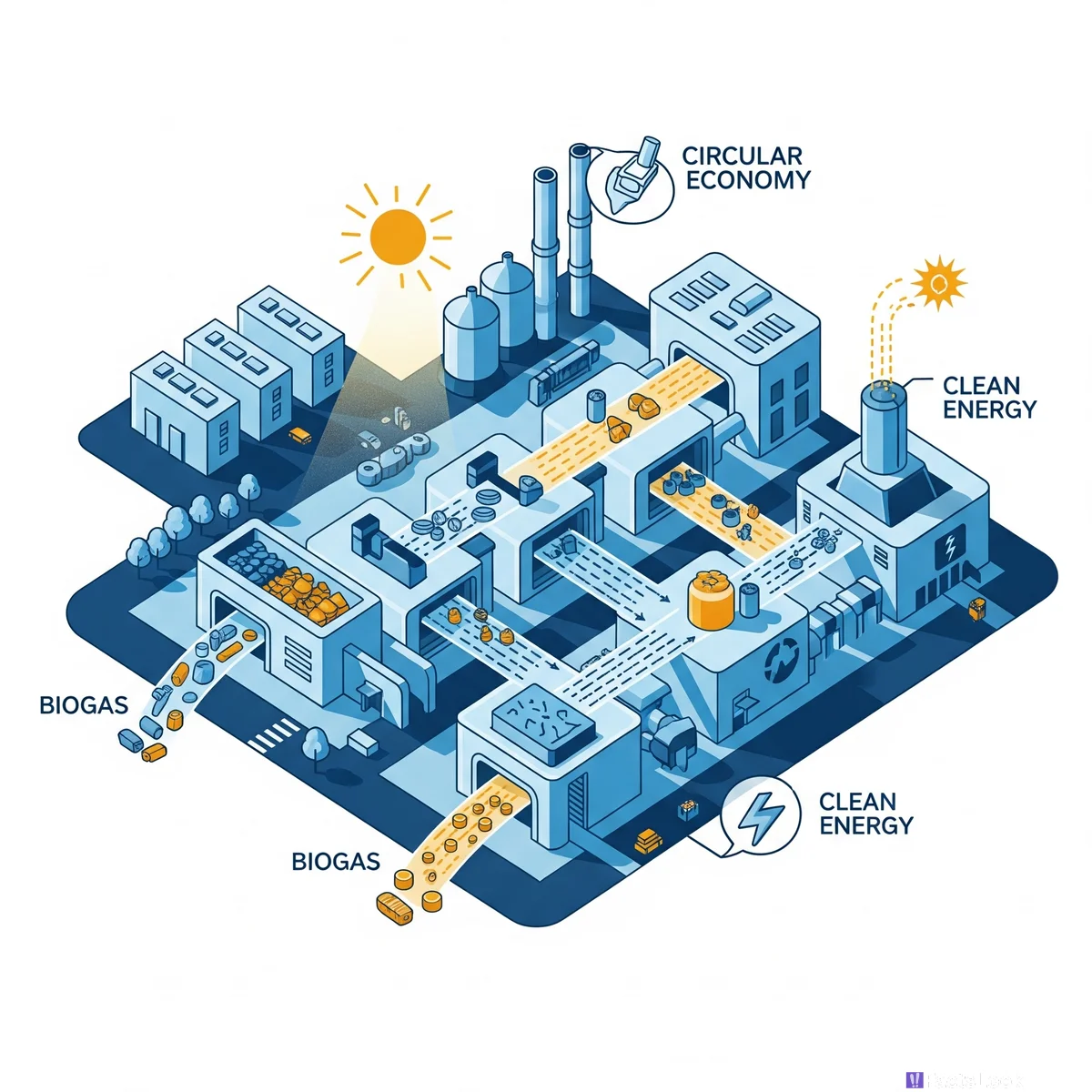
Waste-to-energy plants convert municipal solid waste into electricity and heat, reducing landfill waste and providing a renewable energy source. These technologies are becoming increasingly sophisticated and efficient.
Fact 14: The Lithium-Ion Battery Boom
The demand for lithium-ion batteries (used in EVs and grid storage) is surging, creating a global race to secure lithium supplies. Innovations in battery technology are focusing on improved energy density, safety, and sustainability.
Fact 15: Virtual Power Plants (VPPs)
VPPs aggregate distributed energy resources (DERs) – like solar panels, batteries, and electric vehicles – to function as a single, centralized power plant. They enhance grid stability and resilience while promoting renewable energy integration.
Fact 16: The Efficiency of LED Lighting
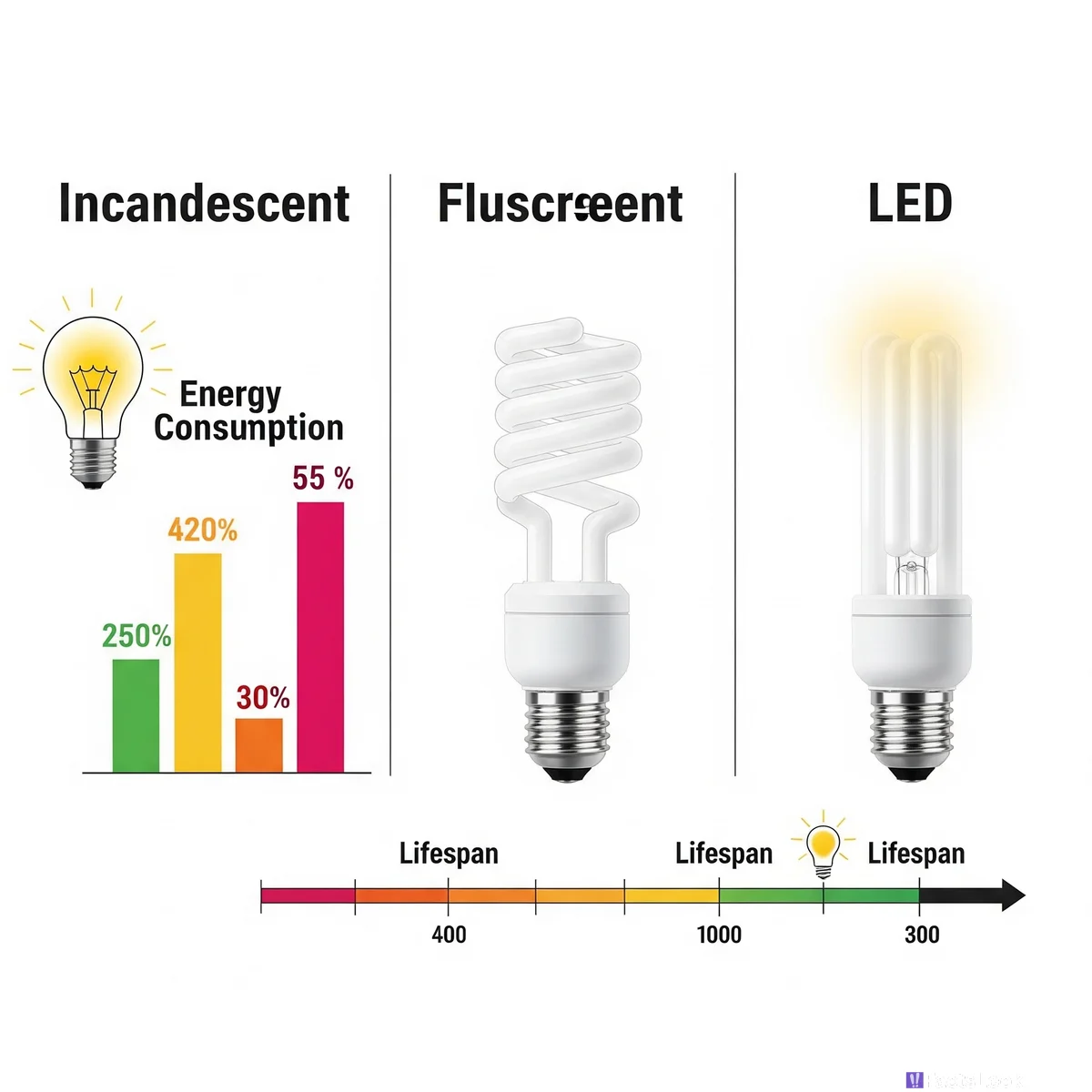
LEDs are drastically more efficient than incandescent bulbs, using up to 80% less energy and lasting much longer. Widespread adoption of LEDs has significantly reduced global electricity demand for lighting.
Fact 17: Concentrated Solar Power (CSP)
CSP systems use mirrors to concentrate sunlight and generate heat, which then drives turbines to produce electricity. CSP offers the advantage of thermal energy storage, allowing power generation even when the sun isn't shining.
Fact 18: Green Hydrogen’s Potential
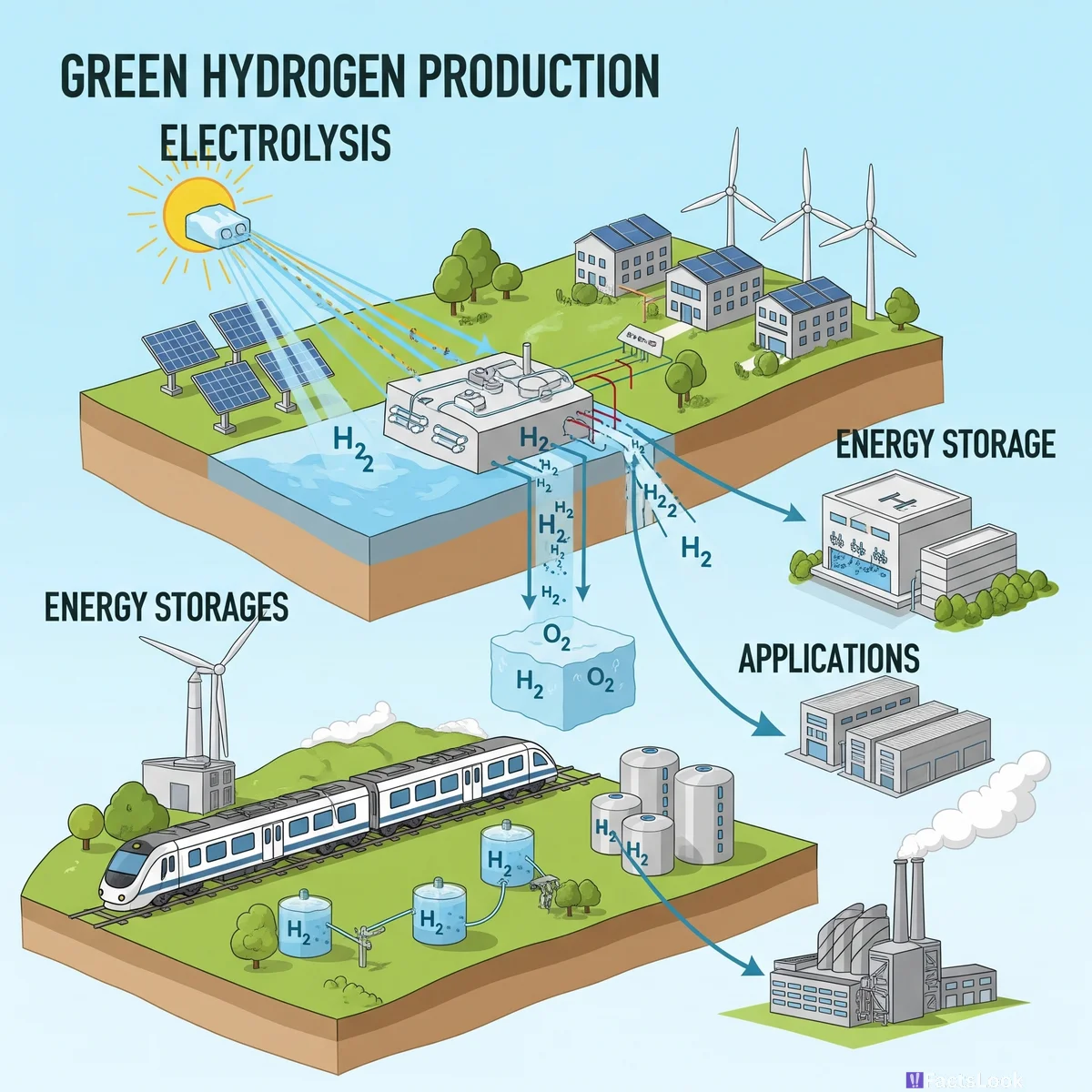
Green hydrogen, produced from renewable energy sources, is emerging as a promising clean fuel for transportation, industry, and power generation. It can be used for long-duration energy storage and decarbonizing hard-to-abate sectors.
Fact 19: The Fall of Coal
Coal consumption is declining globally as renewable energy and natural gas become more competitive. Many countries are phasing out coal-fired power plants to reduce carbon emissions and improve air quality. [Source: International Energy Agency - https://www.iea.org/]
Fact 20: Energy Consumption Disparities
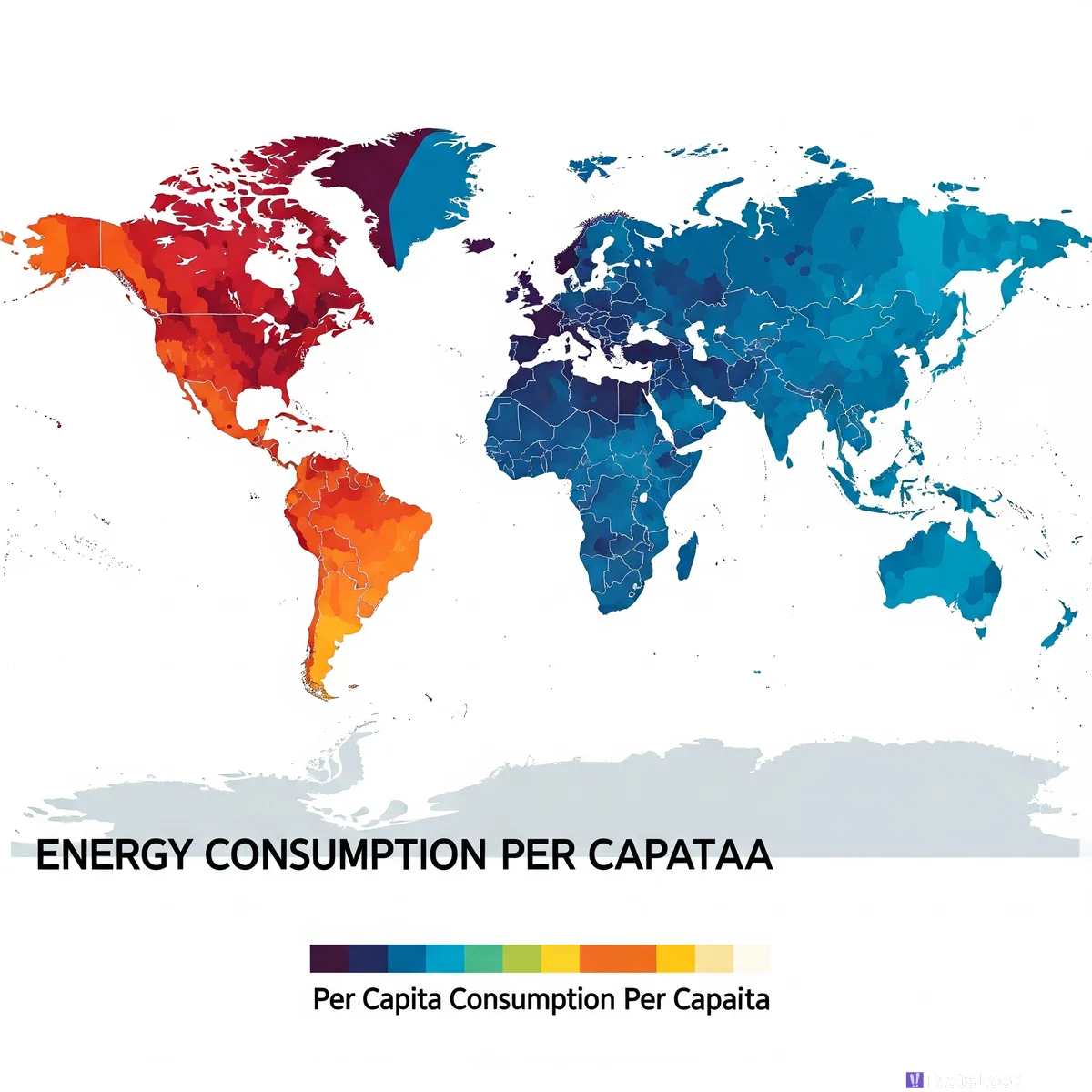
Developed countries consume significantly more energy per capita than developing countries. This disparity underscores the need for equitable access to sustainable energy solutions globally.
Fact 21: Thermoelectric Materials
Thermoelectric materials can directly convert temperature differences into electricity. While still in early stages, advancements in these materials could unlock new ways to harvest waste heat and boost energy efficiency.
Fact 22: Fusion Energy Progress
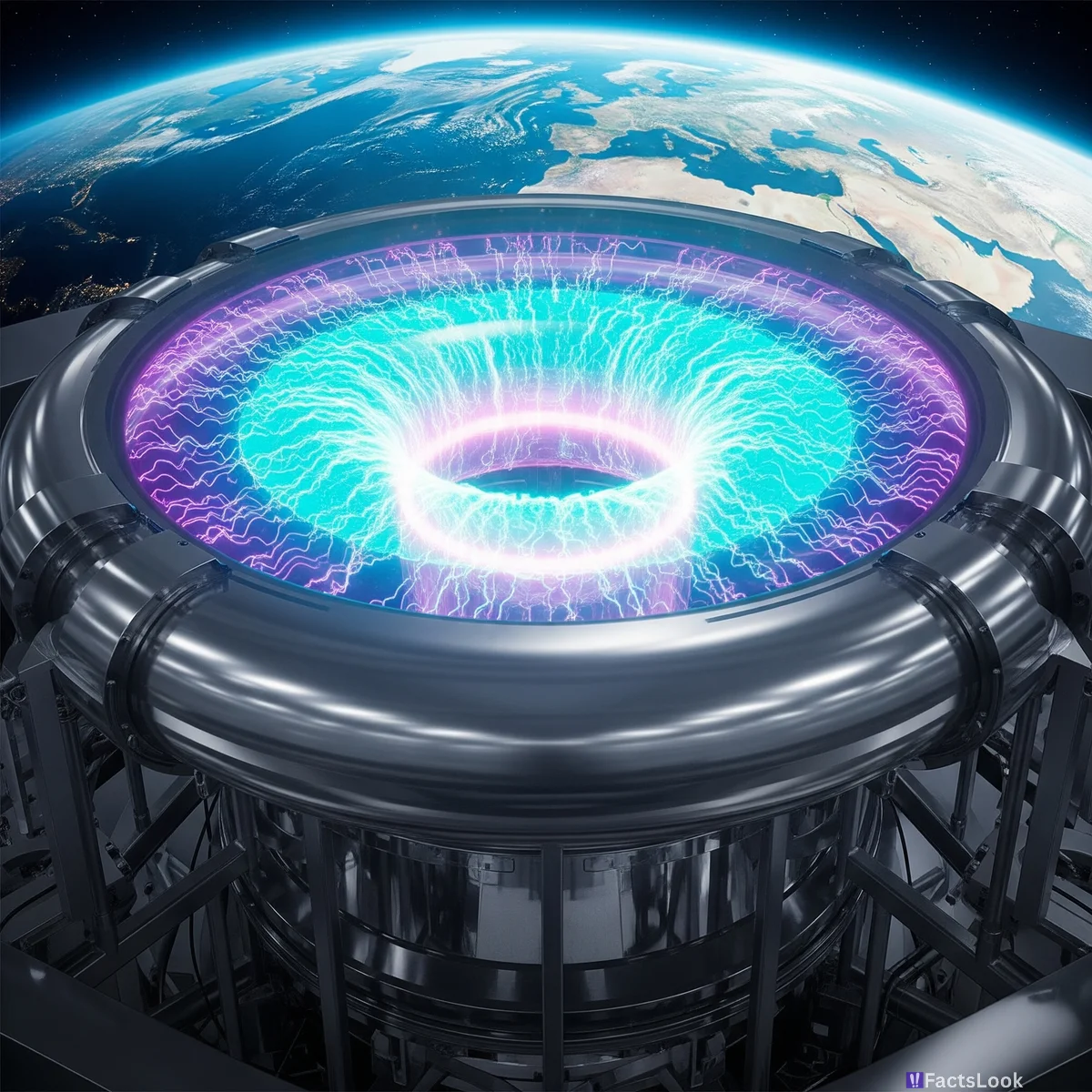
Fusion energy, the process that powers the sun, remains a holy grail of clean energy. Recent breakthroughs in fusion research are bringing us closer to realizing a potentially limitless and carbon-free energy source.
Fact 23: Biomass Energy Variation
Biomass energy varies hugely in sustainability. While some sources like agricultural residues are excellent, others like deforestation can be highly damaging. Sustainable biomass practices are critical for truly renewable benefits.
Fact 24: Decentralized Energy Systems
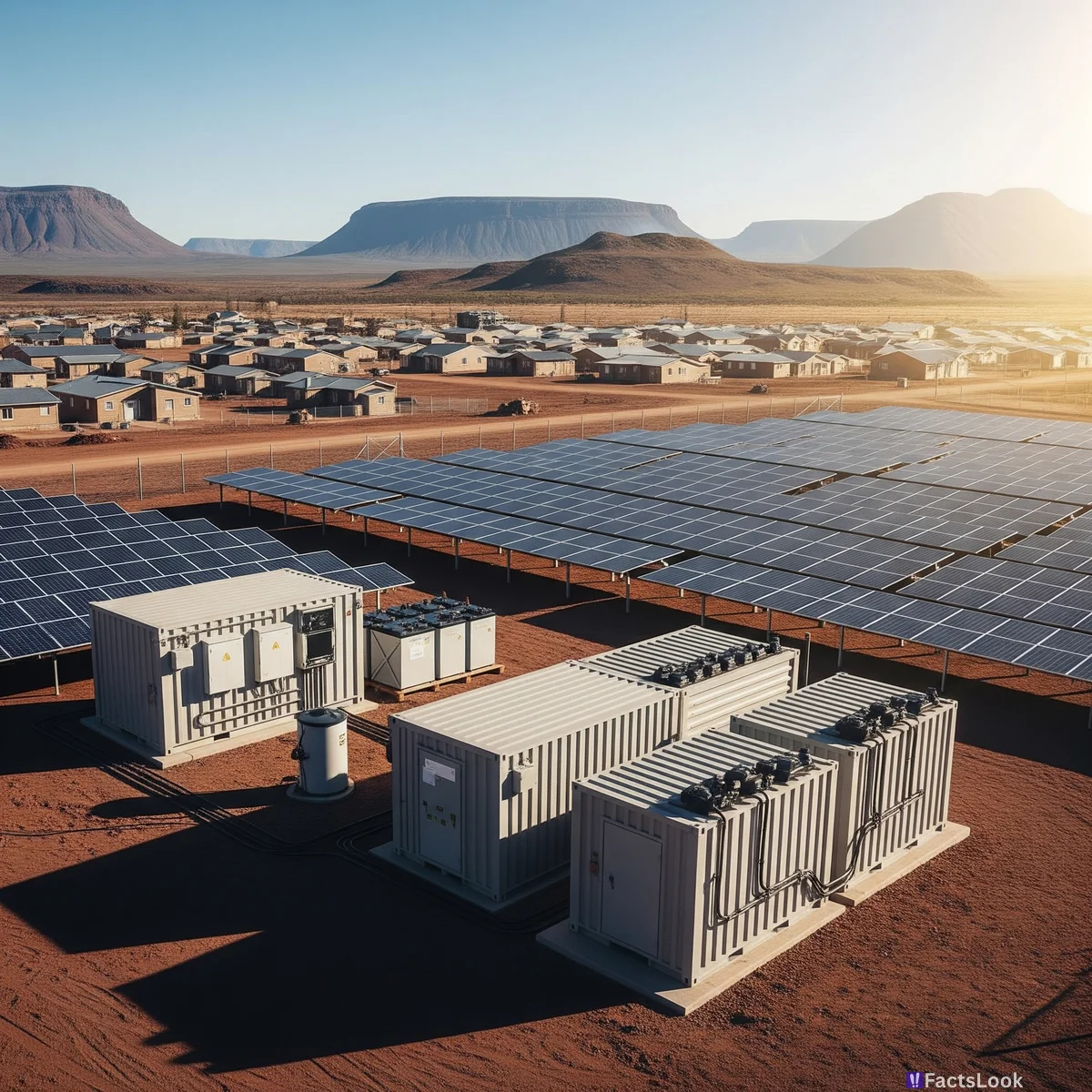
Microgrids and off-grid renewable energy systems are gaining traction, particularly in remote areas and developing countries. These decentralized solutions enhance energy access and resilience, minimizing reliance on centralized grids.
Fact 25: Energy Trends in 2025: A Connected Future
By 2025, expect to see continued growth in renewable energy adoption, driven by falling costs and policy support. Increased integration of AI and IoT will optimize energy management, while energy storage technologies will play a pivotal role in ensuring grid stability. The energy landscape will be smarter, cleaner, and more decentralized.
Comments
Loading comments...